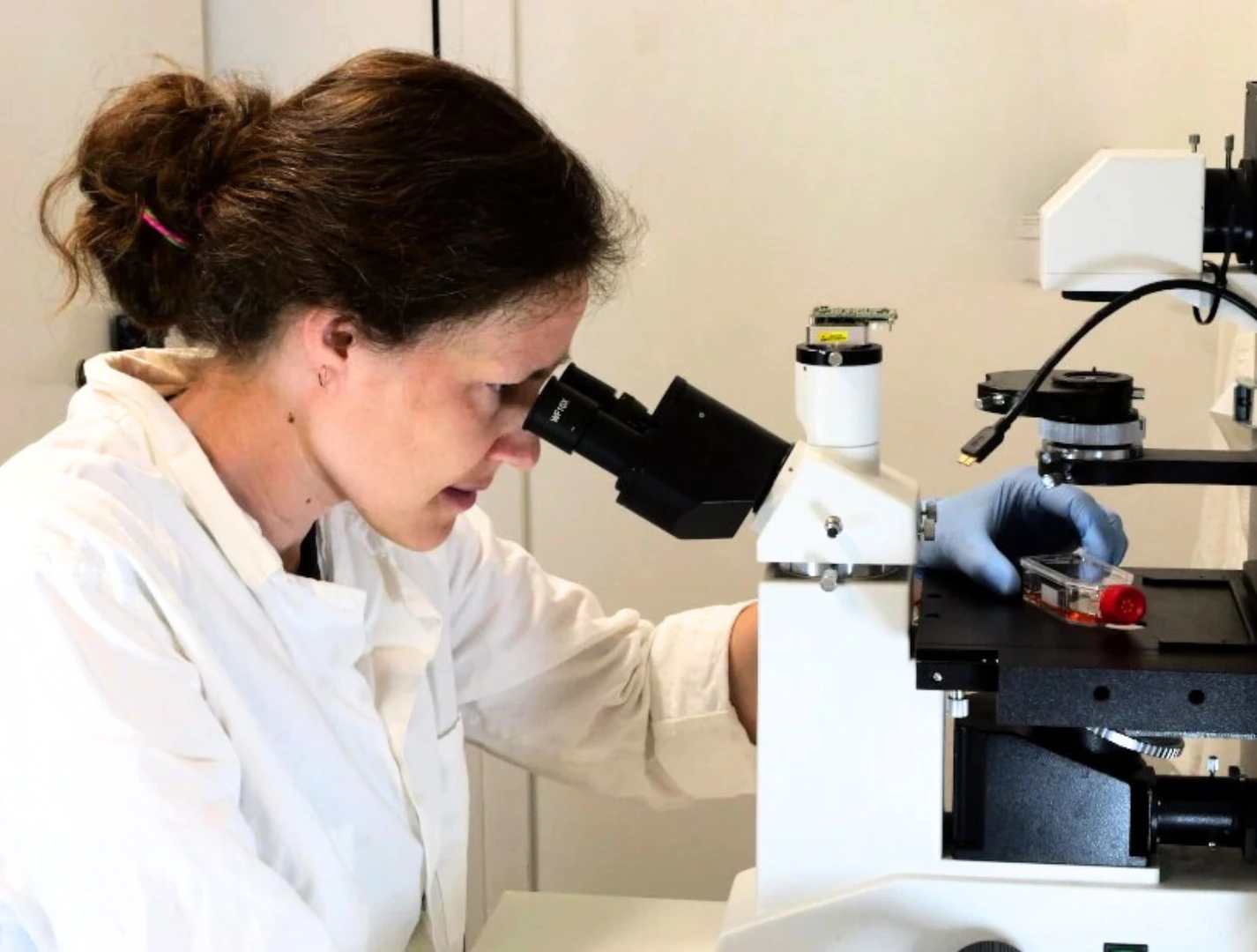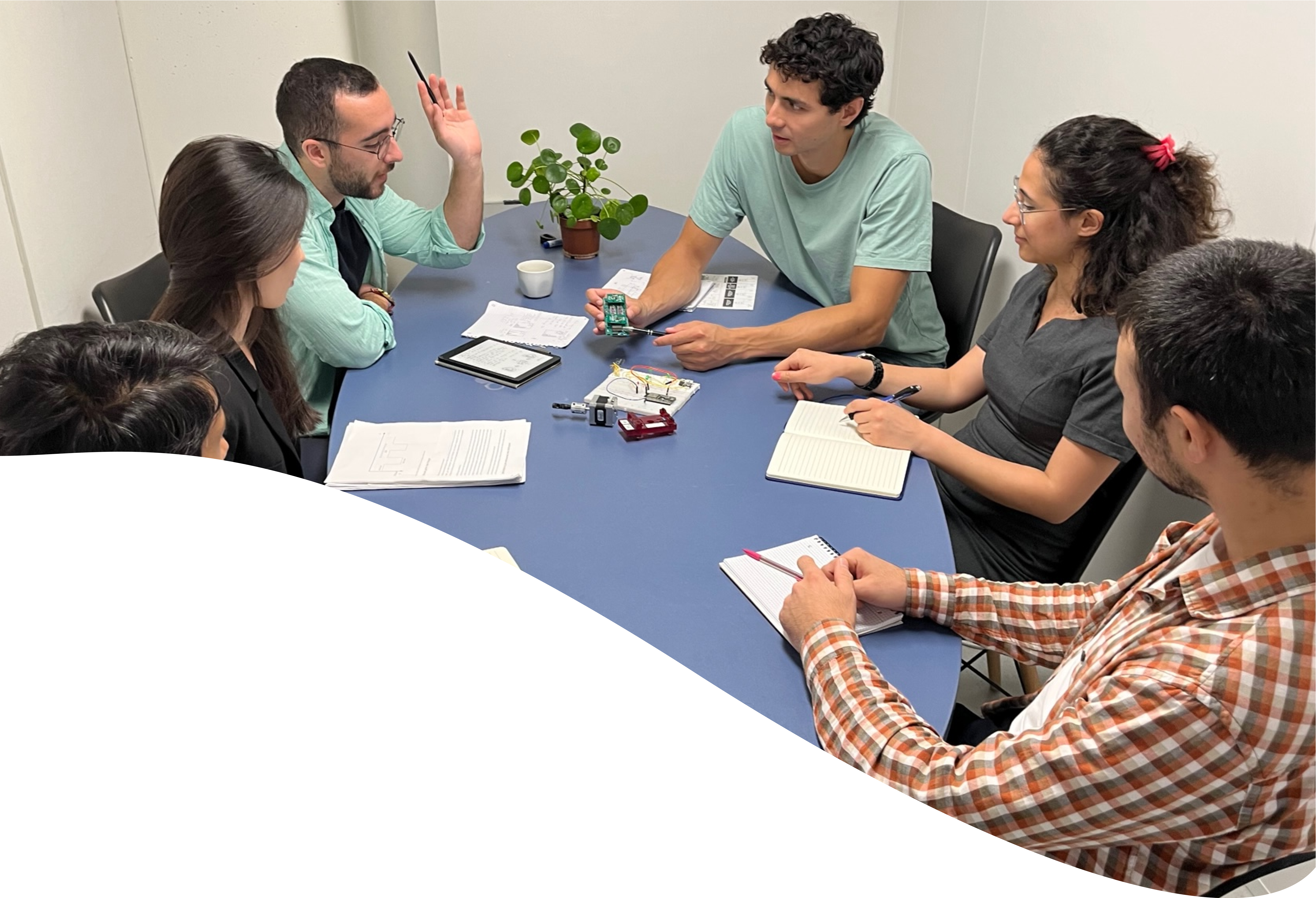THOR
Biomaterials engineering for organ repair
Writer
Celeste Chidiac, PhD
Keywords
Microfluidic Devices, Intelligent Microfluidics, Artificial Intelligence, Machine Learning
Author
Marlene Kopf
Publication Date
October 18, 2023
Keywords
Intelligent Microfluidics
Deep Learning
Microfluidic Devices
Artificial Intelligence
Machine Learning
Organ repair
biomaterials engineering
blood-brain barrier
spider-bots
Your microfluidic SME partner for Horizon Europe
We take care of microfluidic engineering, work on valorization and optimize the proposal with you
Microfluidic ‘spider-bots’ pave the way for biomaterials engineering.
Biomaterials engineering for organ repair: introdution

One of the most pressing challenges of modern medicine is the lack of satisfactory treatments for the tens of millions of humans suffering from degenerative diseases or organ failures.
The only options for organ replacement lie in finding rare compatible donors or generating humanized animal organs.
We lack the technology capable of engineering complex artificial tissues for transplant into human patients.
The main challenges faced by biomaterials engineering techniques are linked to the recreation of stable vascular networks providing oxygen (O2) and nutrients to the artificial tissues, as in native tissues.
Therefore, there is an excellent interest in crafting a breakthrough methodology for designing vascularized biomaterials that are functional for human tissue repair.
In the long-term, large-scale biomaterials engineering of human-compatible tissue could spawn a novel industrial sector serving an open market of currently unmet needs in regenerative medicine.
Biomaterials engineering for organ repair: project description
The THOR project, coordinated by Universidad Politecnica de Madrid (Spain), aims to create a novel manufacturing technology to replicate human tissues, ideally compatible with transplant in humans.
Significant technological breakthroughs lie at the foundations of THOR: biomimetic nanorobots named “spider-bots” have been designed to work in automated production plants for biomaterials engineering.
The spider bots employ 3D spatial positioning of self-assembling molecules (SAM), which respond to environmental variations and can either solidify or dissolve.
Combined with angiogenic factors and relevant cell lineages embedded in a microfluidic system, this technique can give rise to various self-assembling structures (SAS) for scaffolding, such as hollow and solid polymeric fibers.
Further methodologies employed within the project are the exploitation of 3D models of actual tissues obtained by perfusion angiography, combined with micro-CT and micro-optical Sectioning Tomography.
By combining all these different technologies, the biomaterial engineering of humanized tissue containing an embedded vascular network can be achieved. The proof of concept for project THOR will be the realization of an artificial piece of hippocampal tissue and its integration with native tissues in a hybrid system.
Biomaterials engineering for organ repair: our role
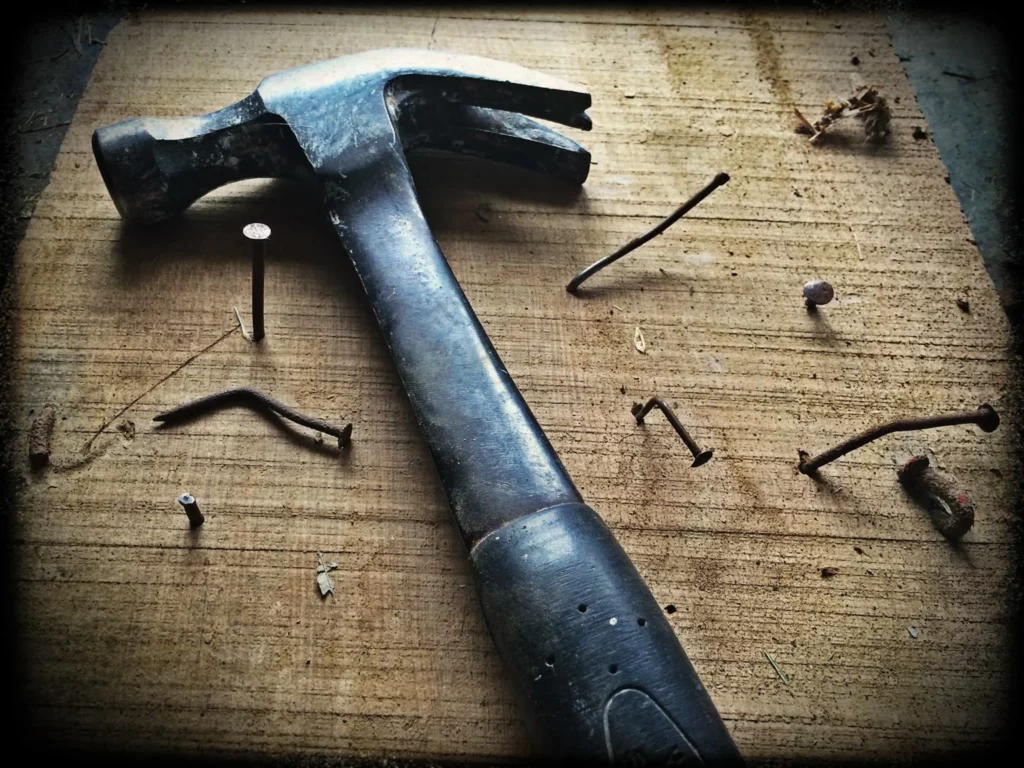
We will design and construct the microfluidic setup and flow sensors tailored to the needs of THOR. The perfusion setup will provide intravascular flow and hydrodynamic shear stress necessary to generate neovascularization and angiogenesis in the biomaterial fabricated by the nanobots.
Thanks to our expertise in microfluidic perfusion technology, it will be possible to optimize parameters such as flow rate, continuous O2 supply, pressure fluid, and different hemodynamic parameters (PO2, PCO2), as in native tissues.
Implementing the microfluidic setup with the technologies above will be paramount in successful biomaterials engineering.
Specifically, within THOR, it will create a working artificial hippocampal tissue, even mimicking a functional blood-brain barrier (BBB), guaranteeing O2 and nutrient diffusion to all the biomaterial.


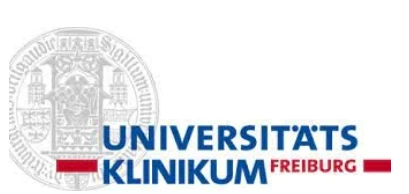
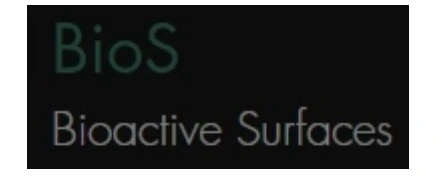

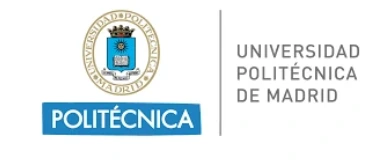
Funding and Support
This project has received funding from the European Union under HORIZON-EIC-2022-PATHFINDEROPEN-01-01, grant agreement No. 101099719 (THOR).
Start date: 1 January 2023
End date: 31 December 2026
EU contribution: € 3,351,650
